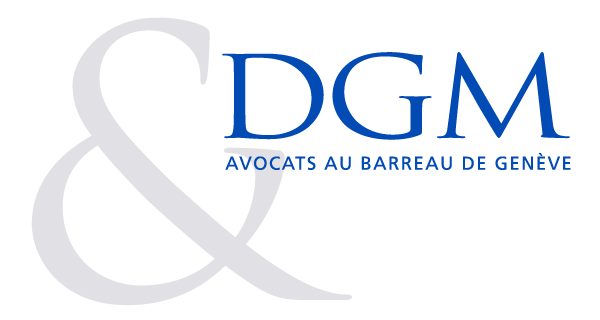Intellectual property law
Intellectual property law generally concerns the protection of original creations of the mind that give rise to so-called "intangible" assets, as opposed to the ownership of tangible assets.
It is traditionally divided between rights relating to literary and artistic works, mainly protected by copyright and related rights, and industrial property, which concerns creations with a primarily utilitarian purpose, such as trademarks, designs, and patents.
The rules protecting intellectual property are primarily designed to protect authors, such as photographers, writers, musicians, graphic designers, and software developers, as well as entrepreneurs and commercial companies against counterfeiting and unfair competition.
The diversity of these rules, which have their sources in several legal texts at both national and international level, and which are constantly evolving, make this a complex area of law, requiring a careful analysis of the legal standards involved, as well as the definition of a global and sustainable strategy, based on the specific needs of the creators.
Sometimes the creations are protected by law, for example in copyright law. Some other times, steps must be taken to ensure adequate protection, as in the case of trademarks, patents, and designs.
The laws offer a few measures to prevent or remedy infringement of these rights, such as a court finding of infringement, prohibition, confiscation, or criminal penalties.
But intellectual property is not just about copyright, trademarks, patents and designs. It can also extend, for example, to the question of inventions by an employee or partner of a company and the protection of a trade name or business secrets.
DGM offers advice and assistance in this area, mainly in relation to copyright, trademark law and contractual and commercial law in general.
Intellectual property law generally concerns the protection of original creations of the mind that give rise to so-called "intangible" assets, as opposed to the ownership of tangible assets.
It is traditionally divided between rights relating to literary and artistic works, mainly protected by copyright and related rights, and industrial property, which concerns creations with a primarily utilitarian purpose, such as trademarks, designs, and patents.
The rules protecting intellectual property are primarily designed to protect authors, such as photographers, writers, musicians, graphic designers, and software developers, as well as entrepreneurs and commercial companies against counterfeiting and unfair competition.
The diversity of these rules, which have their sources in several legal texts at both national and international level, and which are constantly evolving, make this a complex area of law, requiring a careful analysis of the legal standards involved, as well as the definition of a global and sustainable strategy, based on the specific needs of the creators.
Sometimes the creations are protected by law, for example in copyright law. Some other times, steps must be taken to ensure adequate protection, as in the case of trademarks, patents, and designs.
The laws offer a few measures to prevent or remedy infringement of these rights, such as a court finding of infringement, prohibition, confiscation, or criminal penalties.
But intellectual property is not just about copyright, trademarks, patents and designs. It can also extend, for example, to the question of inventions by an employee or partner of a company and the protection of a trade name or business secrets.
DGM offers advice and assistance in this area, mainly in relation to copyright, trademark law and contractual and commercial law in general.
